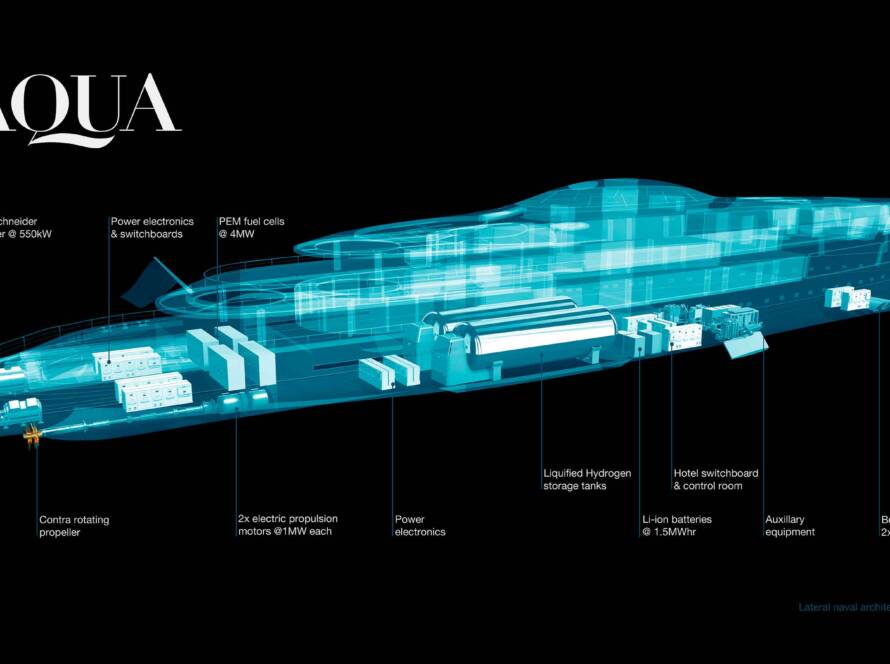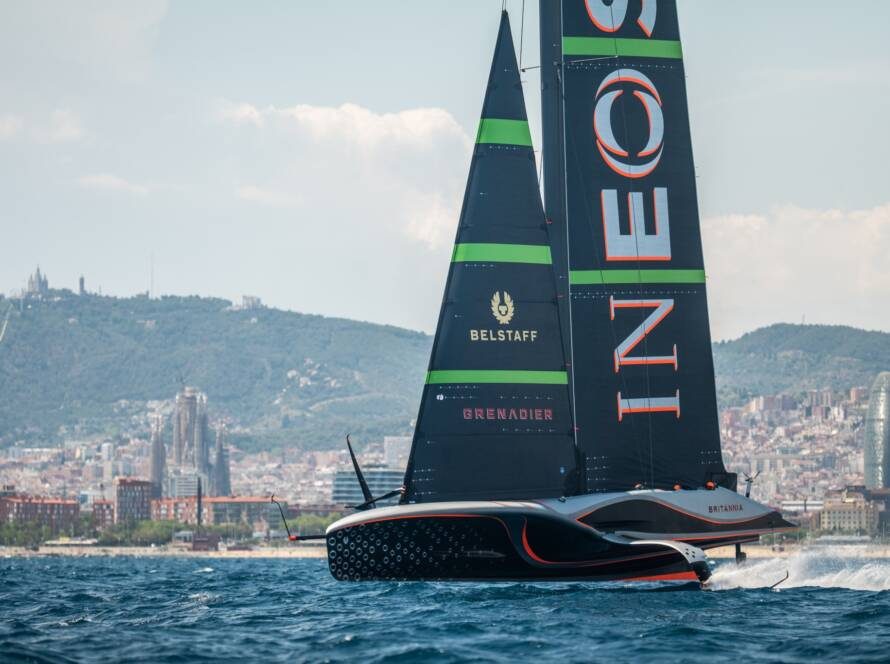The luxury yachting industry, traditionally rooted in timeless elegance and maritime heritage, is increasingly confronting unexpected digital hurdles that mirror the broader challenges of our interconnected world. Just as sailors once navigated by stars and compass, today’s yachting enthusiasts must chart courses through complex digital waters where technical difficulties can emerge as suddenly as an unexpected squall.
The concept of being “lost at sea” has taken on new meaning in the digital age. While modern superyachts are equipped with state-of-the-art GPS systems, satellite communications, and advanced navigation technology, the industry’s digital presence often struggles to maintain the same level of reliability and sophistication found aboard these magnificent vessels.
This disconnect between physical luxury and digital accessibility has become particularly evident as the yachting industry adapts to evolving consumer expectations. Today’s affluent clientele, accustomed to seamless digital experiences in every aspect of their lives, expect the same level of excellence when researching, purchasing, or chartering luxury yachts. When digital platforms fail to deliver, it creates a jarring contrast to the premium experience these vessels promise.
The luxury yacht market, valued at billions of dollars globally, has experienced unprecedented growth in recent years. This expansion has been driven by increasing wealth among high-net-worth individuals, growing interest in experiential luxury, and the desire for private, exclusive travel options that became particularly appealing during recent global health concerns. However, this growth has also highlighted the industry’s need for robust digital infrastructure that can support and enhance the luxury yachting experience.
Charter companies and yacht brokers increasingly rely on digital platforms to showcase their vessels, manage bookings, and communicate with clients. When these systems encounter technical difficulties, the impact extends far beyond simple inconvenience. Potential clients researching million-dollar charter experiences or considering yacht purchases may interpret digital failures as indicators of overall service quality, potentially affecting business relationships worth substantial sums.
The Mediterranean, Caribbean, and other premier yachting destinations have seen charter rates reaching new heights, with some superyachts commanding weekly rates exceeding half a million dollars. At these price points, clients rightfully expect flawless service at every touchpoint, including digital interactions. This reality has prompted many industry leaders to invest heavily in their online presence and digital capabilities.
Modern superyachts themselves represent technological marvels, featuring advanced stabilization systems, hybrid propulsion technologies, and comprehensive entertainment systems that rival the finest hotels. These vessels often include helicopter landing pads, submarine bays, and spaces that can be transformed from beach clubs to formal dining rooms at the touch of a button. The contrast between this technological sophistication and unreliable digital marketing platforms creates a disconnect that savvy industry participants are working to address.
The yacht building industry has responded to growing demand with increasingly innovative designs and features. Leading shipyards in Italy, Germany, and the Netherlands are producing vessels that push the boundaries of luxury and technology. These yachts often feature beach clubs that open directly to the sea, infinity pools with glass bottoms, and master suites larger than most luxury hotel rooms.
Sustainability has also become a crucial consideration in modern yacht design and operation. Many new vessels incorporate hybrid propulsion systems, advanced waste management technologies, and energy-efficient systems that reduce environmental impact without compromising luxury. This environmental consciousness extends to digital operations, where efficient systems reduce energy consumption and improve overall sustainability.
The charter season planning process has become increasingly sophisticated, with clients booking premium yachts months or even years in advance. This planning requires seamless communication between charter brokers, yacht management companies, and clients. Digital disruptions during these critical planning phases can have cascading effects on carefully orchestrated luxury experiences.
Professional yacht crew training has evolved to include digital literacy alongside traditional maritime skills. Crew members must now manage complex onboard systems, coordinate with shore-based support teams through various digital platforms, and ensure that guests’ connectivity needs are met while maintaining the highest service standards.
The future of luxury yachting will likely depend increasingly on the industry’s ability to blend traditional maritime excellence with cutting-edge digital capabilities. This includes everything from advanced booking systems and virtual yacht tours to onboard connectivity that allows guests to maintain their digital lives while enjoying the freedom of the open ocean.
As the industry continues to grow and evolve, addressing digital infrastructure challenges becomes not just a technical necessity but a crucial component of maintaining the luxury yachting sector’s reputation for excellence. Success will require the same attention to detail in digital experiences that has long characterized the physical aspects of luxury yachting.


